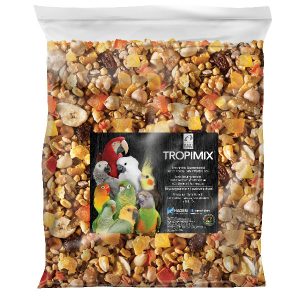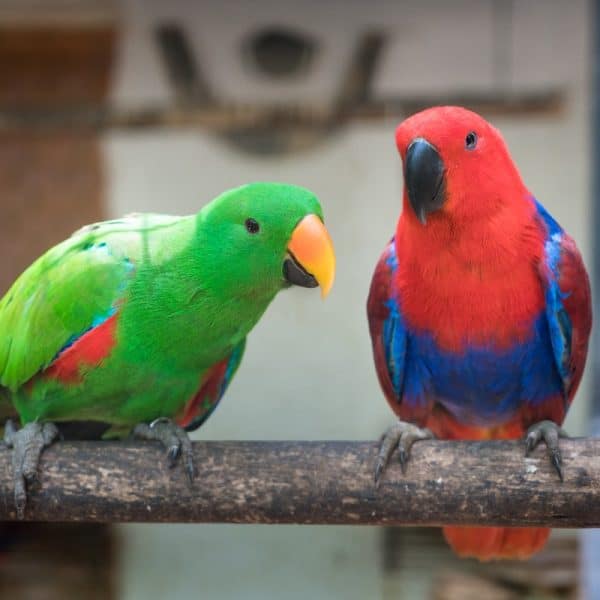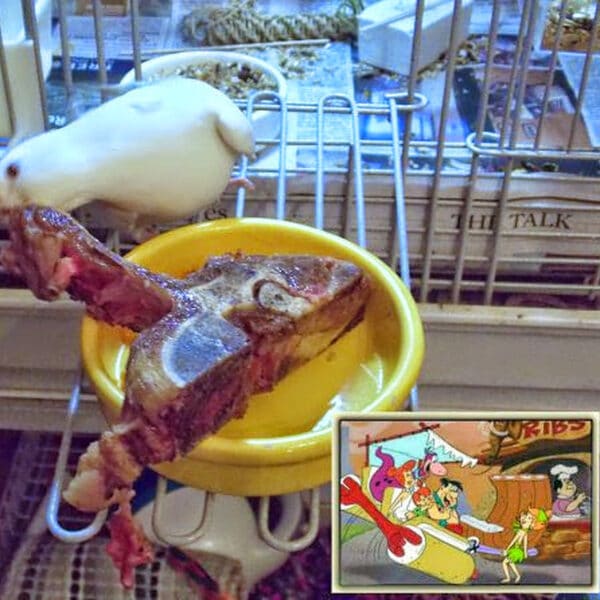
Does the Size of Food Matter to My Bird?
Last Updated on by Mitch Rezman
Short answer – yes you can feed all size birds the same foods BUT – you have to understand how they eat. Our cockatiel would eat everything from a plate including picking from a steak bigger than her.
Peaches our Senegal likes to hold food in her zygodactyl foot thus she requires manageable chunks of “parrot size” food with larger pieces and larger pellets. We feed her Higgins Safflower Gold. A healthy blend of seeds, nuts, fruits, and pellets. All Higgins products include Intune Pellets sized accordingly to the species of parrot.
I see her (Peaches) holding and eating pellets confirming for me she is benefitting from the engineered nutrition while enjoying her many mealtimes throughout the day.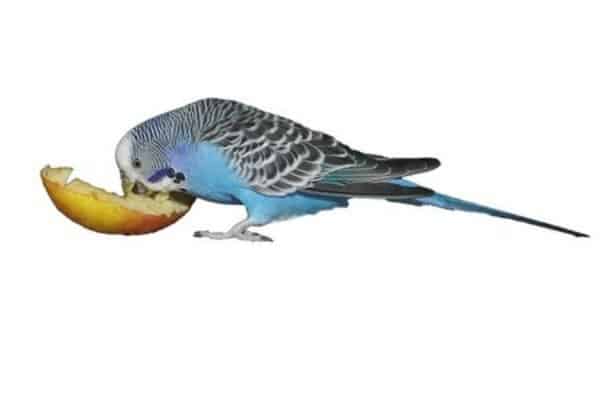
That said you can take larger nuts and larger pellets and smash them down to smaller sizes and actually pulverize them for species like finches.
Generally speaking, parrots are hookbills with a sharp beak which is why lovebirds fall into that category. You just don’t want to frustrate the bird.
We advocate making birds work for food rather than just putting out a filled dish daily – it’s quite easy to do and far more rewarding for your bird.
The problem with most chops is with the exception of a few nuts the birds receive almost no protein which is necessary for their very high metabolism and the production of feather growth and muscle strength – they fill up on the veggies and fruit because they are sweet and pass over the few nuts that contain proteins because they are buried in the chop – Hope that helps.
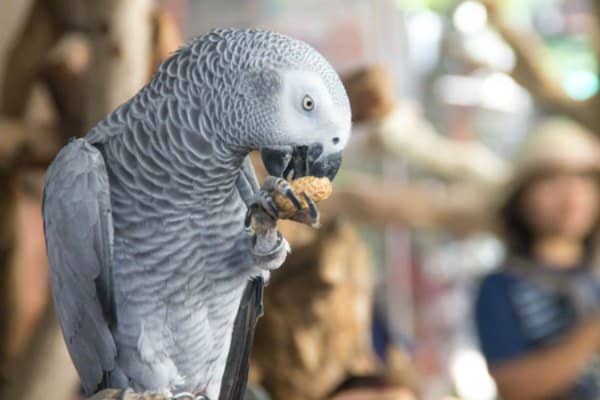
If you go to the Windy City Parrot Food Section we actually break down foods into Species-Specific Categories.
You can also click here to ask specific questions. – we are more than happy to work out a personaized nutritional program just for your birds.
New subject
A Facebook private question along the lines of “how can I stop my bird from plucking.
If you want advice about feather plucking I need to know your bird’s sex, age, what it eats and a pic or 2 of their cage set up.
My response
You have 3 issues Behavior (plucking) – Nutrition (feather growth & using food for enrichment/foraging) Environment (safety/security – possible brooding/hormonal triggers)
The vegetables you offer your bird may or may not be helpful. Feathers are made from β-keratin and β-keratin is metabolized through protein – where is the bird getting its protein to grow its feathers?
Calcium will mainly be beneficial if she’s a brooding/egg-laying female.
Getting him/her wet – misting baths – coconut oil in the food – 12 hrs light and 12 hours of darkness (full spectrum light on a timer), a soft rope perch to sleep on high in the cage – easy on the feet and offers something to pluck other than feathers – more to come.
Dear Mitch,
In response to
A time-out strategy was quite successful for Errol, my grey, and me in stopping his biting. Following a behavioral modification model, Errol was whisked to his cage for a ten-minute time-out immediately after biting. I placed a red “apple” timer just outside, set for 10 minutes. Errol would glare at, then call out “OK OK” when it rang, and be released. He clearly understood that this was a consequence; some of his comments en route to the time out have been:
“Too hard. Too hard” – ” Oh man” – “Grandpa!” – “Ooorahh”
This worked in the context of our close relationship as he seems distressed if he thinks I am angry with him: “Don’t bite. OK, Sweetheart.”
For my part, I respect his boundaries if he is wary or fearful or needs to sleep. I have his vet groom him regularly. He is well informed of our planned activities and knows our routine, so he is calm and not confused. I also understand that he plays and interacts with his beak, not to be considered a biting behavior.
We retired the timer ceremoniously as he matured. I am blessed to have a loving devoted companion.
Regards, Suzanne and Errol
My response
That was a “plan” – and it works for you so Kudos – you took advantage of your bird’s circadian clock it understood that punishment had the value of time. This is an interesting development and duly noted.
Thank you for your feedback
Mitchr
Another comment regarding Why cage timeouts will not solve your bird’s biting problem
Hello!
I was so happy to see there may be a solution other than time out for our 2-year-old cockatiel who is developing a biting behavior. Time out is not working and only makes him more suspicious of us and he used to be so cuddly. He is very jealous of our budgie. Where can I get more specific instructions with the clicker and millet? I didn’t see that in your article.
Thank you. We are so frustrated and discouraged but you have given me hope.
Margery wrote
Hi again,
Is it possible to talk to you on the phone about our bitey jealous, 2-year-old cockatiel? We got him as a companion for a darling budgie after losing our 27-year-old female cockatiel to old age! Our inexperience is clear and we are so frustrated. Lessons in clickers are what the doctor ordered but what to do about the jealousy??
Thank you from Seattle. His name is Finn and he looks like your darling Popcorn. Our vet did advise timeouts but that is not working and now Finn seems to find me a dangerous person!!😖
Love your blog!
Margery, Yes!! Drop us an email or give us a call anytime.
From Mary
Thanks so much for your weekly news! – Any advice you’ve given me has worked perfectly.
I do have a new annoyance. Louie our Meyers parrot has destroyed a lot of wood. Wood trim, wood furniture, wire cords (unplugged ).
We supply him with several toys and wood perches in his cage but once he’s out walking around, his goal is to conquer & destroy.
He’s out of his cage several hours a day. Should I limit that to shorter periods of time? I pay a lot of attention to him.
He rides around on my shoulder while I do chores.
Or are Meyers just chewers?
Have a nice day!!
Sincerely, Mary
Hi Mary
Important to offer your Myers alternatives to wood trim and furniture which offer no rewards nutritionally.
Please let me know if you have any play stands for the bird to reside on where he or she has lots of choices to forage and enjoy enrichment activities of your choice and not the new armoire.
re video above: offer your bird alternatives to furniture and woodwork.
Written and aggregated by Mitch Rezman
Approved by Catherine Tobsing
Your zygodactyl footnote
Author Profile
Latest entries
 The Traveling BirdJune 26, 2025Can You Name 5 Parrot Species That Are Living Wild in the USA?
The Traveling BirdJune 26, 2025Can You Name 5 Parrot Species That Are Living Wild in the USA? Bird BehaviorJune 26, 2025How is it Parrots Are Problem Solvers Social Animals and Even Use Tools?
Bird BehaviorJune 26, 2025How is it Parrots Are Problem Solvers Social Animals and Even Use Tools? Bird & Parrot AnatomyJune 25, 2025How a Tiny Chemical Modification Makes Parrots Nature’s Living Paintings
Bird & Parrot AnatomyJune 25, 2025How a Tiny Chemical Modification Makes Parrots Nature’s Living Paintings PigeonsJune 20, 2025How Do Parrots Thrive in Cities Outside Their Native Habitats?
PigeonsJune 20, 2025How Do Parrots Thrive in Cities Outside Their Native Habitats?
